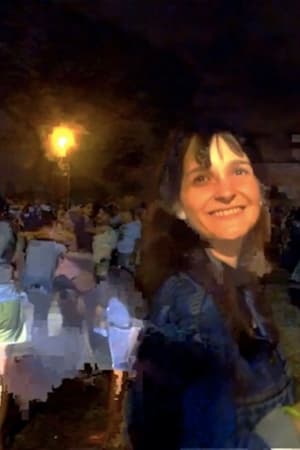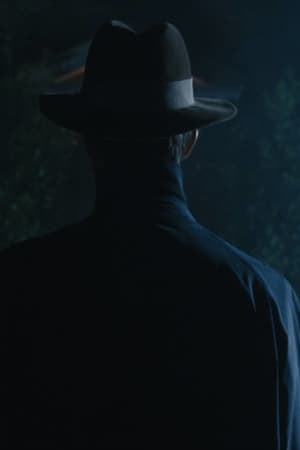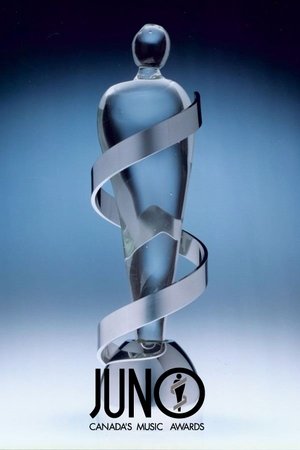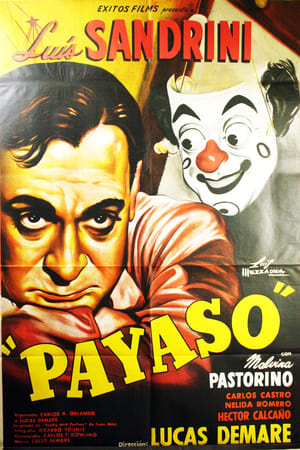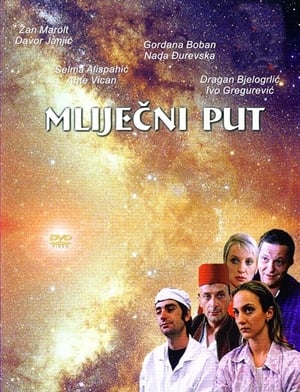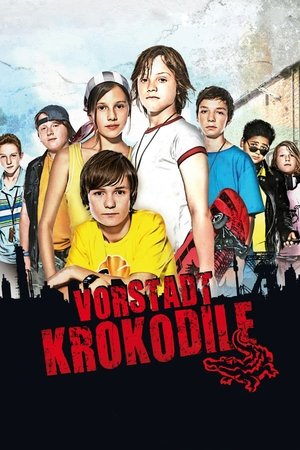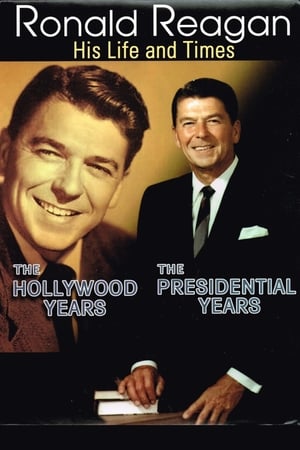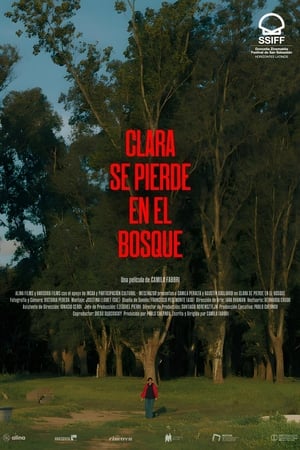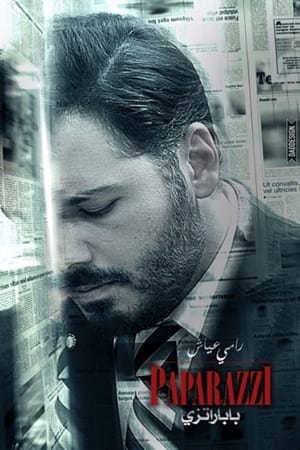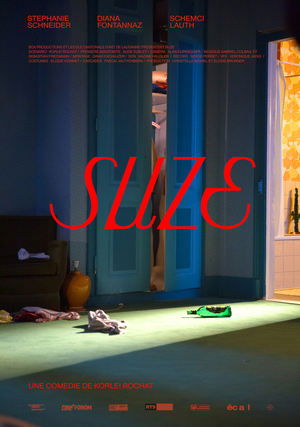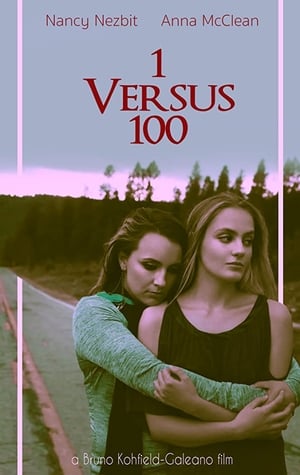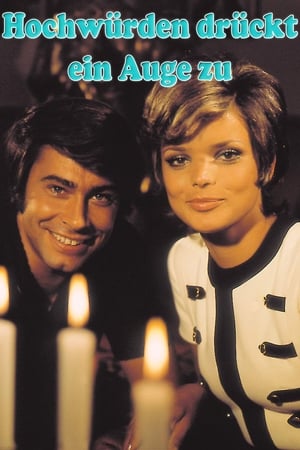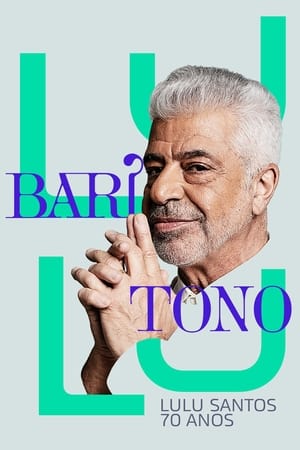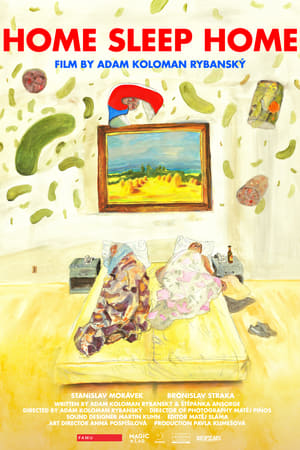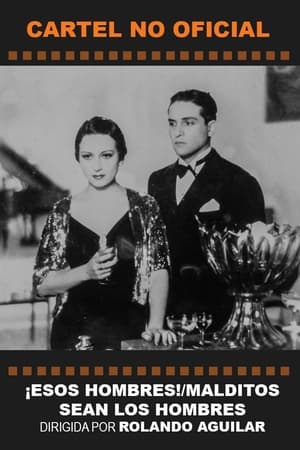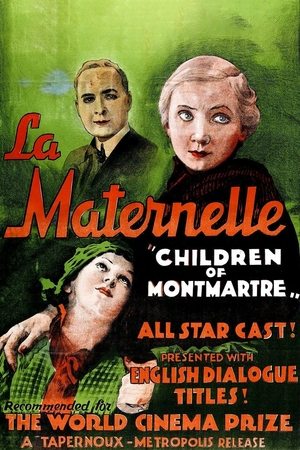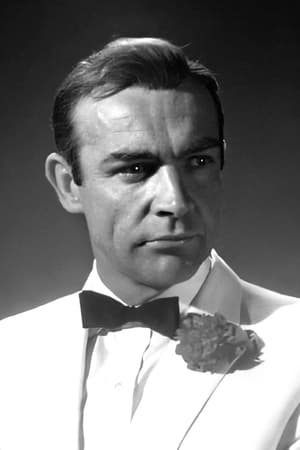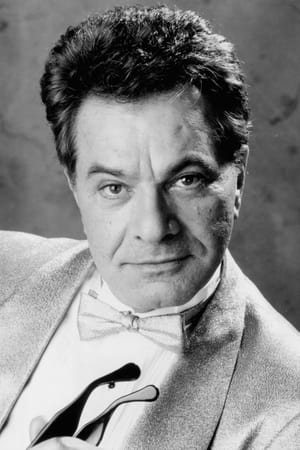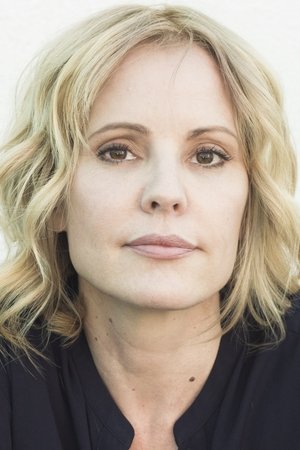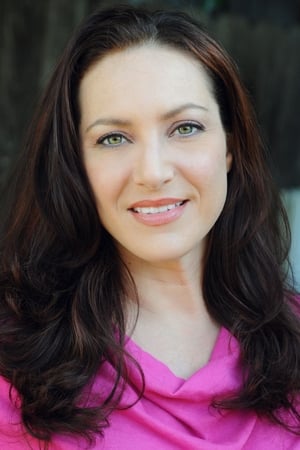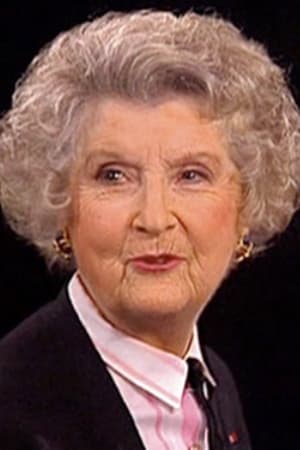Trending
Popular people
Charles Brackett
Biography
Charles William Brackett (November 26, 1892 – March 9, 1969) was an American novelist, screenwriter, and film producer. He collaborated with Billy Wilder on sixteen films.
Brackett was born in Saratoga Springs, New York, the son of Mary Emma Corliss and New York State Senator, lawyer, and banker Edgar Truman Brackett. The family's roots traced back to the arrival of Richard Brackett in the Massachusetts Bay Colony in 1629, near present-day Springfield, Massachusetts. His mother's uncle, George Henry Corliss, built the Centennial Engine that powered the 1876 Centennial Exposition in Philadelphia. A 1915 graduate of Williams College, he earned his law degree from Harvard University. He joined the Allied Expeditionary Force during World War I. He was awarded the French Medal of Honor. He was a frequent contributor to the Saturday Evening Post, Collier's, and Vanity Fair, and a drama critic for The New Yorker. He wrote five novels: The Counsel of the Ungodly (1920), Week-End (1925), That Last Infirmity (1926), and American Colony (1929). and Entirely Surrounded (1934).
Brackett was a president of the Screen Writers Guild (1938–1939) and the Academy of Motion Picture Arts and Sciences (1949–1955). He either wrote and/or produced over forty films, including To Each His Own, Ninotchka, The Major and the Minor, The Mating Season (1951), Niagara, The King and I, Ten North Frederick, The Remarkable Mr. Pennypacker, and Blue Denim.
Beginning in August 1936, Brackett worked with Billy Wilder, writing the film classics The Lost Weekend and Sunset Boulevard, both of which won Academy Awards for their respective screenplays. Brackett described their collaboration process as follows: "The thing to do was suggest an idea, have it torn apart and despised. In a few days, it would be apt to turn up, slightly changed, as Wilder's idea. Once I got adjusted to that way of working, our lives were simpler."
His partnership with Wilder ended in 1950 and Brackett went to work at 20th Century-Fox as a screenwriter and producer. His script for Titanic (1953) won him another Academy Award.
He received an Honorary Oscar for Lifetime Achievement in 1958.
Charles Brackett died on March 9, 1969. His diaries covering his screenwriting and social life from 1932 to 1949 were edited by Anthony Slide into Slide's book It's the Pictures That Got Small: Charles Brackett on Billy Wilder and Hollywood's Golden Age.
Read more
David Reynolds
Biography
Dave began his writing career in 1993 as one of the original writers on NBC's "Late Night With Conan O'Brien." After more than 400 shows, Dave moved to Los Angeles in 1995 and landed a job at Walt Disney Feature Animation in the movie "Tarzan." It was at this time that he met a little-known animation studio called Pixar, who asked him to help develop his second feature, (Toy Story would be released later that year) “A Bug's Life ". This led to a contract with the studio and for the next six years he worked on almost every Disney Pixar animation or production film. Including the script for "The Emperor's New Groove" as well as co-written 'Finding Nemo'. He was nominated for an Oscar and BAFTA for Best Original Screenplay for Nemo, as well as a BAFTA for New Groove.
Read more
Edward Buzzell
Biography
From Wikipedia, the free encyclopedia
Edward Buzzell (November 13, 1900 - January 11, 1985) was an American film director whose credits for Metro-Goldwyn-Mayer included Honolulu (1939), the Marx Brothers films At the Circus (1939) and Go West (1940), the musicals Best Foot Forward (1943) with Lucille Ball and Neptune's Daughter (1949) with Esther Williams, and Easy to Wed, starring Van Johnson, Williams, and Ball.
Buzzell was born in Brooklyn. He appeared on Broadway, and was hired to star in the 1929 film version of George M. Cohan's Little Johnny Jones with Alice Day. Buzzell appeared in a few Vitaphone shorts, and the two-strip Technicolor short The Devil's Cabaret (1930) as Satan's assistant. He wrote a few screenplays in the early 1930s and later produced The Milton Berle Show which premiered on television in 1948.
Buzzell married actress Ona Munson in 1927, and they divorced in the early 30s. He later married actress Lorraine Miller. He died in Los Angeles at the age of 84.
Description above from the Wikipedia article Edward Buzzell, licensed under CC-BY-SA, full list of contributors on Wikipedia.
Read more
Sean Connery
Biography
Sir Thomas Sean Connery (August 25, 1930 – October 31, 2020) was a Scottish actor and producer who won an Academy Award, two BAFTA Awards (one being a BAFTA Academy Fellowship Award), and three Golden Globes, including the Cecil B. DeMille Award and a Henrietta Award.
Connery was the first actor to portray the character James Bond in film, starring in seven Bond films (every film from Dr. No to You Only Live Twice, plus Diamonds Are Forever and Never Say Never Again), between 1962 and 1983. In 1988, Connery won the Academy Award for Best Supporting Actor for his role in The Untouchables. His films also include Marnie (1964), Murder on the Orient Express (1974), The Man Who Would Be King (1975), A Bridge Too Far (1977), Highlander (1986), Indiana Jones and the Last Crusade (1989), The Hunt for Red October (1990), Dragonheart (1996), The Rock (1996), and Finding Forrester (2000).
Connery was polled in a 2004 The Sunday Herald as "The Greatest Living Scot" and in a 2011 EuroMillions survey as "Scotland's Greatest Living National Treasure". He was voted by People magazine as both the “Sexiest Man Alive" in 1989 and the "Sexiest Man of the Century” in 1999. He received a lifetime achievement award in the United States with a Kennedy Center Honor in 1999. Connery was knighted in the 2000 New Year Honours for services to film drama.
On 31 October 2020, it was announced that Connery had died at the age of 90.
Description above from the Wikipedia article Sean Connery, licensed under CC-BY-SA, full list of contributors on Wikipedia
Read more
Dick Shawn
Biography
One-of-a-kind nightclub comedian/singer Dick Shawn (ne Richard Schulefand) was as off-the-wall as they came and, as such, proved to be rather an acquired taste. Way ahead of his time most say, it was extremely difficult indeed to know how to properly tap into this man's eclectic talents. Shawn began inching toward the forefront during the be-bop 50s and early 60s with his odd penchant for playing cool cats.During his mild bid for film stardom, he was top-billed as a hip, laid back genie in the thoroughly dismal satire The Wizard of Baghdad (1960), but seemed to have better luck when taken in smaller doses. He fared quite well opposite another "way-out-there" comedian, Ernie Kovacs, in Wake Me When It's Over (1960) as a hustling soldier out to make a buck in the Far East. Also on the plus side, he replaced Zero Mostel in the bawdy musical "A Funny Thing Happened on the Way to the Forum" on Broadway and stole a small scene in the all-star epic comedy It's a Mad Mad Mad Mad World (1963). By far, the one role that completely overshadows all of his other hard work is his mock portrayal of a singing Adolf Hitler in the show-within-a-movie The Producers (1968). In the film, which starred Mostel and Gene Wilder as two con artists deliberately producing a stage "bomb" called "Springtime for Hitler," Shawn sang the hammy, absurdly narcissistic song "Love Power." The movie finally captured Shawn in his element, but this stroke of genius of matching actor to role would never happen again for him. For the most part his roles came off slick and smarmy, and were stuck in mediocre material.Shawn won a huge fan base, however, touring in one-man stage shows which contained a weird mix of songs, sketches, satire, philosophy and even pantomime. A bright, innovative wit, one of his best touring shows was called "The Second Greatest Entertainer in the World." During the show's intermission, Shawn would lie visibly on the stage floor absolutely still during the entire time. By freakish coincidence, Shawn was performing at the University of California at San Diego in 1987 when he suddenly fell forward on the stage during one of his spiels about the Holocaust. The audience, of course, laughed, thinking it was just a part of his odd shtick. In actuality, the 63-year-old married actor with four children had suffered a fatal heart attack. A not surprising end for this thoroughly offbeat and intriguing personality.
Read more
Emma Caulfield Ford
Biography
Emma Caulfield Ford (born April 8, 1973) is an American actress. She is best known for her starring role as former demon Anya Jenkins on the supernatural drama television series Buffy the Vampire Slayer (1998–2003), which earned her a nomination for the Satellite Award for Best Cast. She had recurring roles as Susan Keats on the Fox teen drama series Beverly Hills, 90210 (1995–1996), as Emma Bradshaw on the CW teen drama series Life Unexpected (2010–2011), and as Sarah Proctor on the Disney+ miniseries WandaVision (2021), a role she will reprise in its spin-off Agatha: Coven of Chaos (2024). She starred in the supernatural horror film Darkness Falls (2003) and in the romantic comedy film Timer (2009), and had a supporting role in the comedy film Back in the Day (2014).
Description above from the Wikipedia article Emma Caulfield, licensed under CC-BY-SA, full list of contributors on Wikipedia.
Read more
Marcello Pagliero
Biography
From Wikipedia, the free encyclopedia.
Marcello Pagliero (15 January 1907 – 18 October 1980) was an Italian film director, actor, and screenwriter.
Pagliero was born in London and died in Paris. He is perhaps best known for his performance in the Roberto Rossellini film Rome, Open City (1945).
He moved to France in 1947, and continued to work in film until 1960 and in French television after that.
In 1949, he was nominated for an Academy Award for Writing Original Screenplay an as a co-writer for the Rossellini film Paisà.
Description above from the Wikipedia article Marcello Pagliero, licensed under CC-BY-SA, full list of contributors on Wikipedia
Read more
Julio Cortázar
Biography
Julio Florencio Cortázar (26 August 1914 – 12 February 1984) was an Argentine, nationalized French novelist, short story writer, essayist, and translator. Known as one of the founders of the Latin American Boom, Cortázar influenced an entire generation of Spanish-speaking readers and writers in America and Europe.
He is considered one of the most innovative and original authors of his time, a master of history, poetic prose and short story in general and a creator of important novels that inaugurated a new way of making literature in the Hispanic world by breaking the classical moulds through narratives that escaped temporal linearity.
He lived his childhood and adolescence and incipient maturity in Argentina and, after the 1950s, in Europe. He lived in Italy, Spain, and in Switzerland. In 1951, he settled in France for more than three decades and composed some of his works there.
Julio Cortázar was born on 26 August 1914, in Ixelles, a municipality of Brussels, Belgium. According to biographer Miguel Herráez, his parents, Julio José Cortázar and María Herminia Descotte, were Argentine citizens, and his father was attached to the Argentine diplomatic service in Belgium.
At the time of Cortázar's birth, Belgium was occupied by the German troops of Kaiser Wilhelm II. After German troops arrived in Belgium, Cortázar and his family moved to Zürich where María Herminia's parents, Victoria Gabel and Louis Descotte (a French National), were waiting in neutral territory. The family group spent the next two years in Switzerland, first in Zürich, then Geneva, before moving for a short period to Barcelona. The Cortázars settled outside of Buenos Aires by the end of 1919.
Cortázar's father left when Julio was six, and the family had no further contact with him. Cortázar spent most of his childhood in Banfield, a suburb south of Buenos Aires, with his mother and younger sister. The home in Banfield, with its back yard, was a source of inspiration for some of his stories. Despite this, in a letter to Graciela M. de Solá on 4 December 1963, he described this period of his life as "full of servitude, excessive touchiness, terrible and frequent sadness." He was a sickly child and spent much of his childhood in bed reading. His mother, who spoke several languages and was a great reader herself, introduced her son to the works of Jules Verne, whom Cortázar admired for the rest of his life. In the magazine Plural (issue 44, Mexico City, May 1975) he wrote: "I spent my childhood in a haze full of goblins and elves, with a sense of space and time that was different from everybody else's". ...
Source: Article "Julio Cortázar" from Wikipedia in English, licensed under CC-BY-SA 3.0.
Read more
Jodi Fleisher
Biography
Jodi Tamar Fleisher was raised in Phoenix, Arizona. She started performing at 6 years old- singing, dancing, doing theater, commercials, & pageants. She received her BFA in Musical Theater from the University of Arizona in their competitive Arizona Repertory Theatre. Jodi loves stage combat, swordfighting, krav maga, swing dancing and animals. She is a certified Actor Combatant, a professional Marilyn Monroe Impersonator and volunteers for many organizations that work with under privileged children and homeless dogs.
Read more
Mireille
Biography
Mireille Hartuch (30 September 1906 – 29 December 1996) was a French singer, composer, and actress. She was generally known by the stage name "Mireille", it being a common practice of the time to use a single name for the stage.
Mireille was born in Paris to Jewish immigrant parents. Her father, Henri (Hendel) Hartuch came from Poland, and her mother, Mathilda Rubinstein, from Britain. Early on, Mireille was taught to play the piano and encouraged to pursue a theatrical and musical career by her mother, herself the child of a musical family. At the age of six she appeared in her first film in a walk-on role, for which she traveled to Britain. As a teenager she worked in theater and began composing music influenced by the great dance halls of Paris. In 1928 she began a collaboration with lyricist Jean Nohain (1900–1981) that led to considerable success for many years.
Fluent in English, she spent two years in the United States, first in New York City where she performed on Broadway, then in Hollywood, where she appeared in films. In 1931, she appeared in L'aviateur with Douglas Fairbanks, Jr. and Buster se marie with Buster Keaton. Meanwhile in France, contemporary stars Maurice Chevalier, Jean Sablon, and Charles Trenet (who credited Mireille with introducing "swing" to France), charted hits with her compositions, launching her songwriting career.
In 1933, she appeared in the French film Chourinette, though until 1951, when she appeared in Au fil des ondes, her career as a music-hall singer took precedence. In 1937, she married the writer and philosopher Emmanuel Berl. Three years later, the Nazi occupation forced the Jewish couple into hiding in Argentat in the remote Corrèze département of the Limousin region. There, Mireille was very active in the French Resistance and was head of the local liberation committee.
After the War, she befriended Jean Cocteau, Albert Camus, and André Malraux. In the 1950s, her friend, Sacha Guitry gave her the idea of opening the "Petit Conservatoire de la chanson" (Little Conservatory of Song) to use her talents to train young variety singers. The Petit Conservatoire produced a Sunday radio program beginning in 1955, and a television program from 1960 to 1974, nurturing the voices of a number of young singers who went on to lead successful careers, such as Françoise Hardy, Alain Souchon, Alice Dona, Hervé Cristiani, Yves Duteil, Frida Boccara and Colette Magny.
In her long and celebrated career, Mireille Hartuch composed more than six hundred songs and was twice decorated by the government for her contributions to French culture. She continued performing well into her old age. She lived at 36 rue de Montpensier in the 1st arrondissement of Paris for forty years.
Mireille Hartuch died in Paris in 1996 at the age of 90 and was interred there in the Cimetière du Montparnasse.
Source: Article "Mireille Hartuch" from Wikipedia in English, licensed under CC-BY-SA 3.0.
Read more

